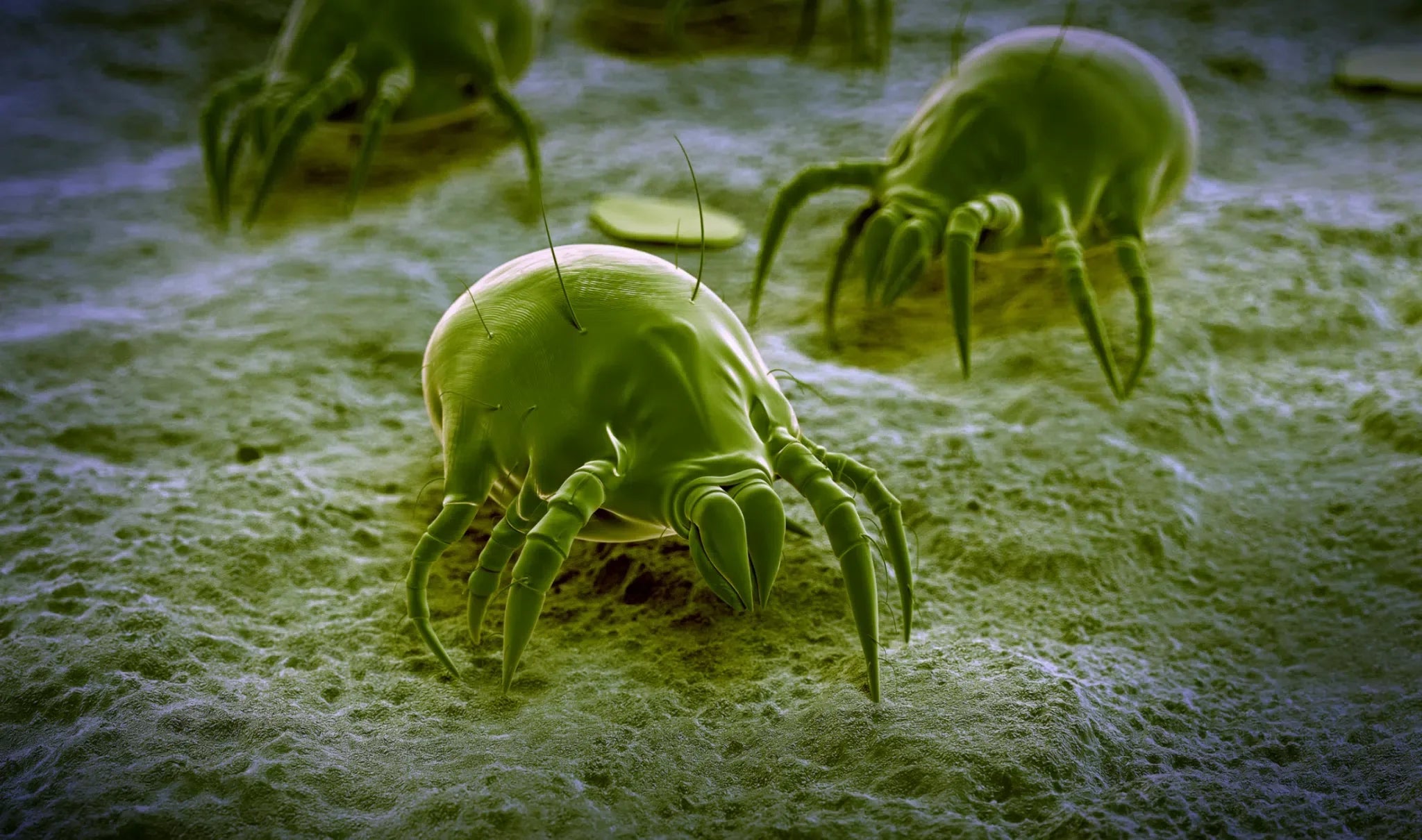Plum moth – Fight it naturally, protect your harvest
The plum moth is one of the most persistent pests in orchards and can cause significant damage to plum and damson trees. Learn how to identify this pest, effectively combat it, and prevent it using natural methods.
An overview of the pest
The plum moth (Grapholita funebrana) is a small butterfly whose larvae chew through the fruit, rendering it inedible. Especially in warm years, several generations can occur, making control all the more important.
Life cycle of the plum moth
In spring, the moths lay their eggs on young fruits. The larvae penetrate the fruit flesh and leave visible damage. After pupating in the soil, new moths emerge. Without action, plum moths can spread rapidly and cause massive damage to your crop.
How to recognize an infestation
- Small holes in plums or damsons
- Brown spots and rot on the fruit
- Whitish-pink larvae inside the fruit
- Premature fruit drop of infected fruits
Natural methods to combat
- Ichneumon wasps (Trichogramma evanescens): Parasitize the eggs of the plum moth and prevent the larvae from hatching.
- Pheromone traps: Attract male moths and thus interrupt the reproductive cycle.
- Glue rings: Prevent the larvae from migrating up the trunk.
- Regularly remove infested fruit to control the population.
Preventive measures
- Regular collection and disposal of infested fruit
- Use of pheromone traps to monitor and reduce the butterfly population
- Glue rings against migrating larvae on tree trunks
- Early use of beneficial insects in spring
Products for natural control
Our recommendations for your fruit trees:
- Ichneumon wasps (Trichogramma evanescens) – Effective against plum moth eggs
- Pheromone traps – For infestation monitoring and population reduction
- Glue rings – For trunk and base area
Conclusion
With natural measures like parasitic wasps and preventative products, you can effectively and sustainably protect your fruit harvest from the plum moth. This ensures healthy, pest-free fruit – completely without chemicals.











